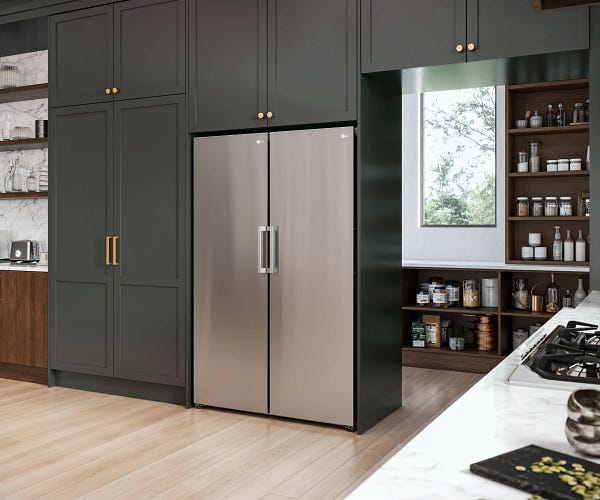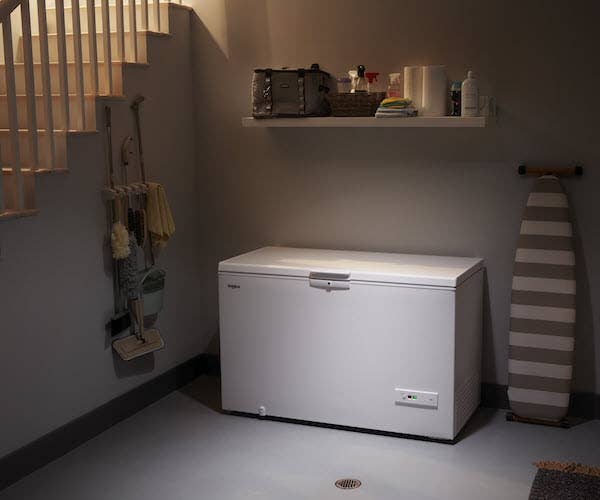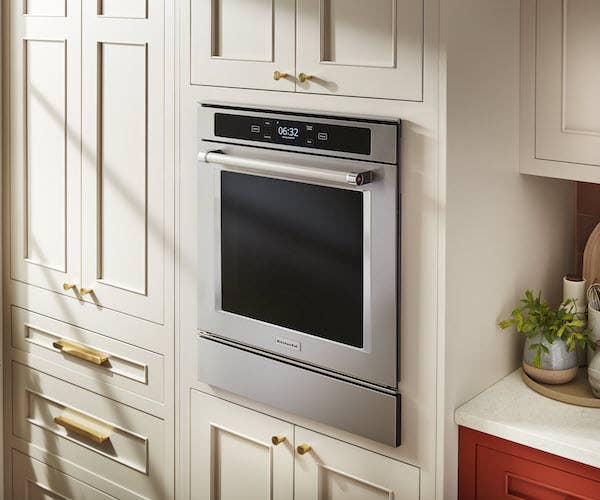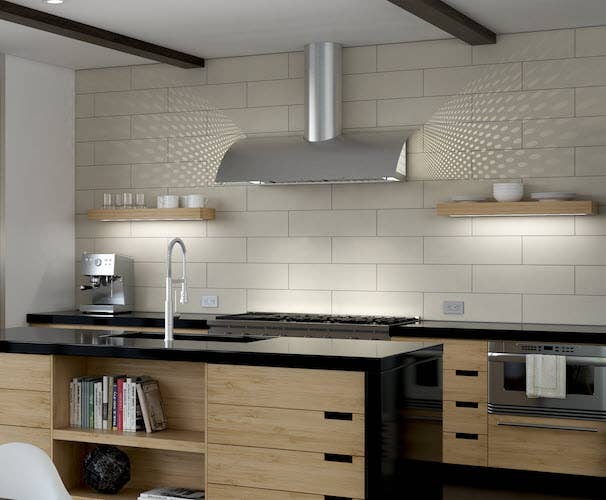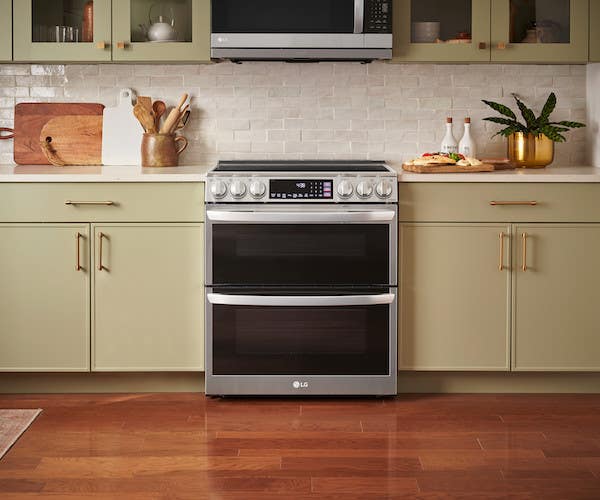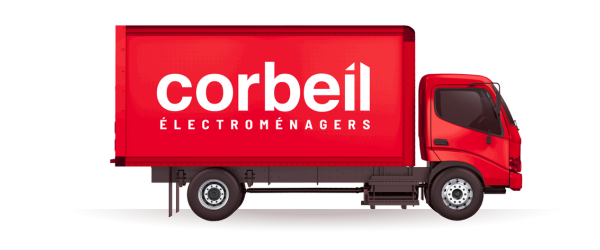

Choose your delivery area
How to properly maintain your refrigerator and freezer
Refrigerators and freezers are among the most used and useful appliances in a home. And they’re important, because they’re where we keep our precious food! Thanks to them, what we eat stays fresher, longer. But you can’t be too careful with food. In order to prevent bacteria from accumulating in fridges and freezers, you need to maintain them.
Let's find out how to clean and upkeep your appliances so they last longer and perform better!
How to clean and maintain a refrigerator


In most homes, the fridge door gets opened several times a day as food goes in and out. This is why we recommend cleaning your appliances monthly to avoid any contamination.
First, empty the contents of the refrigerator, sort the food, and check expiration dates. Place the food in a cooler while you clean.
Take out all the removable drawers, tablets and compartments. Let the glass shelves warm to room temperature before you wash the them in order to avoid potential cracking that may occur if they are plunged too quickly into hot water. Wash everything in soapy water. Rub the surfaces of your fridge using a non-toxic mix of water and regular soap.
For any stains that give you a hard time, a cloth dipped in hot water and then placed on the stains for a few minutes should help to get rid of them. An old toothbrush is always practical for reaching more awkward corners such as the shelf joints, hinges, door seals, fittings, etc. You could also use a toothpick.
Anything that is removable can now be washed while your refrigerator dries and gets back to its normal temperature. Use dish soap and hot water for the removable parts.
For the outside of the fridge, you can use the same cloth with regular soap on the handles, doors and exterior surfaces. If your fridge is made of stainless steel, you will need a special cleaning product designed for this material. Make sure you always wash this type of surface in the direction of the grain!
Once your shelves are back in and your food has been replaced, place a container filled with baking soda on a tablet to reduce any unpleasant odors. A lemon cut in half will also add a touch of freshness to your refrigerator!
As for the fridge door seal, regular cleaning will keep the seal tight. If you spot mold, add some bleach, rub, then rinse generously. Adding petroleum jelly in a very thin layer can prevent drying.
How to clean and maintain a freezer
The most frequent problem with freezers is an accumulation of ice inside caused mainly by the humidity that gets in each time it is opened.
Fortunately, most recent models have a built-in function that reduces the thickness of any potential accumulation. This is true now both for standalone models and fridge-freezers.
This layer of ice decreases your available storage space, and leads to higher energy consumption by your freezer. Defrosting and regular cleaning are therefore essential, and ideally should be done at least twice a year!
Turn off your freezer, then disconnect its power supply. Or if it has a defrost function, activate it. Take out your food, then take out all the removable parts, just like you did for the refrigerator. Now you simply have to wait for the ice to melt. If you want to speed up the process or do not have built in defrosting, a container of hot water placed inside for a few minutes should be enough to melt the accumulated layer of ice. You can remove the remaining ice using a plastic kitchen tool and then mop up the melted water with a towel or large cloth.
To clean the sides, use the same method as for your fridge. If you discover any unpleasant smells in there, use a solution of vinegar to get rid of it.
Make sure you dry the inside of your freezer before reconnecting it. It’s advisable to wait until it gets to its optimal operating temperature before putting back any food you took out beforehand.
Now that your refrigeration and freezing appliances are clean and ready to go to work, it’s time to take a look at our 5 tips to clean your oven and our tips and tricks for a greener laundry room.
Enjoy your cleaning!


